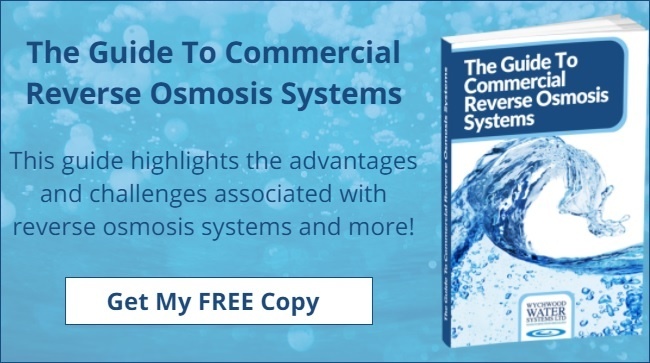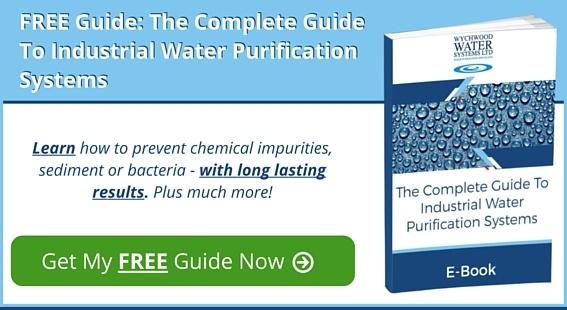
Recent microbiological testing in your facility may have revealed the presence of bacteria. One way to address this issue is to install a deionised (DI) water system. Before you do, however, there are a few things to know.
Deionisation and CDI
There are two ways to deionise your facility’s water: deionisation and continuous electro-deionisation. One system uses chemicals and the other does not.
In deionisation, water is stripped of its impurities by pushing it through a cation and anion resin. Deionisation systems, whether in column or bed form, require regular cleaning/regeneration of the resins, which can become blocked over time by sodium, calcium and magnesium deposits. The regeneration process for deionisation systems is completed using hydrochloric acid and caustic soda. This makes it unsuitable for pharmaceutical facilities.
CDI, or Continuous Electro-Deionisation, also pushes water through cation and anion resins. However, an electrical charge is used to separate water molecules and also regenerate the cation and anion beds, without the need for chemicals. One important consideration for CDI is that, if your facility requires bacteria-free water, reverse osmosis must be used to pre-treat any water going through the CDI system.
What to be aware of with Deionisation Systems
Contamination of feed water is a primary consideration when the decision is made to install a deionisation system. If feed water is contaminated, bacteria can easily enter the system and become embedded. Contamination can also occur as a result of slow-moving water, which can be avoided by ensuring continued flow at a rate of three or more feet per second. Learn more about removing bacteria from water with this article - Can You Remove Bacteria From Water Using Deionisation Methods?
Resin Sensitivity
The resins of deionisation systems are very sensitive to chlorine and chloramine, breaking down when water containing these chemicals is allowed to continue passing through the system. The same is true if water that contains iron or debris travels through.
Regeneration
All resins in a DI system must be regenerated properly. If more than one resin has become contaminated, it is recommended that batch regeneration – where several resins are treated together – be avoided. This is because treatment can be rendered inadequate if one or two resins in the batch are fouled.
Constant Monitoring
You will need to monitor the health of a deionisation system’s resins by consulting the on-board water monitoring device that most of them include. A digital water quality meter can also be used, but must be properly calibrated for accurate results.
Pipe Length
Bacterial growth is a constant threat to the DI system, especially when water must travel through a series of long pipes. The farther the distance water has to travel in this way, the higher its chances of becoming contaminated by bacteria that may be living there. The best advice when considering installing a DI system is to choose a location that will allow water to travel as short a distance as possible before reaching its destination.
Now that you know what the considerations are which you need to make for the purchase of a DI system, you’ll be able to reap their many benefits, some of which are detailed below:
Purity Levels
If your facility requires varying levels of water purity, then you will find that a deionised water system offers the versatility you need. Most DI systems can produce water that’s between 50 and 0.055 Microseimens in purity, meaning that you can have the pure water you need virtually on demand.
In-House Testing and Maintenance
Having a DI system in your facility allows you to test water and conduct maintenance when needed, giving you full control over your facility’s water quality. This also allows you to eliminate the costs of outsourcing these tasks.
Maximum Water Recovery
A DI system in your facility will allow you to reduce costly water loss by allowing you to utilise all of the water in your system. Water can also be recycled for re-use for additional water loss reduction.
Find out More about Deionised Water Systems for Free
We understand that you need a water treatment solution that meets your requirements and industry standards. That’s why our engineers have written a free “Guide to Industrial Water Systems”. This free eBook provides all the information you need to make an informed decision about whether an in-house DI system is the right choice for your facility. You can claim this resource now by clicking here.










 We are a specialist independent company involved in water purification and water treatment technologies
We are a specialist independent company involved in water purification and water treatment technologies


